Hello, my dear colleagues! This post will discuss storytelling methodology according to Shin and Crandall (2014), showcase successful storytelling activities, and use digital tools.
Storytelling and story-based activities should be used as often as possible in the ESL classroom, but almost no one uses them in our country. The main reason for this is that it requires a lot of planning, and many educators avoid authentic materials that are not part of the textbook.
How can you select an appropriate story for your class?
According to Shin and Crandall (2014), p.213, stories should:
- be highly predictable;
- be familiar to the home culture;
- have a high percentage of known vocabulary;
- include repetitive and predictable patterns;
- provide opportunities to apply drama and Total Physical Response;
- lend themselves well to use of visual and realia to make input comprehensible.
What are the benefits of using stories in the young learner classroom?
- Stories present an authentic form of communication;
- They introduce new cultures to children;
- They teach young learners in an entertaining way;
- Stories help develop critical thinking skills;
- Stories develop reading habits and promote early literacy.
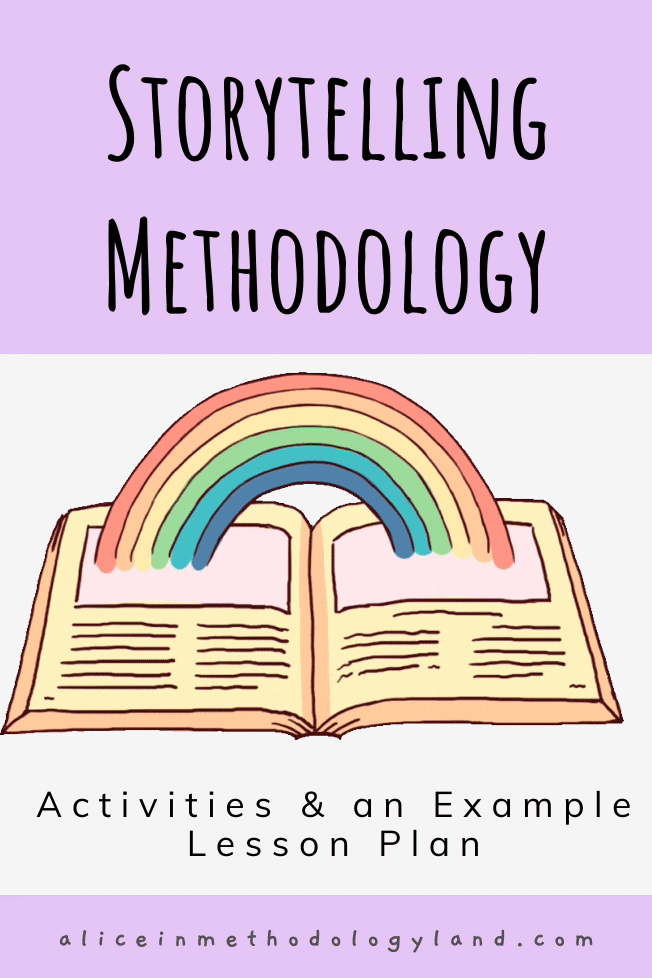
Scaffolded design of a storytelling lesson + storytelling activities
Before you start reading a story to your class, you need to pre-teach the vocabulary, grammar, language functions, and culture if this aspect exists in the book. Here are some examples of how can you organize your target language with an imaginary book which talks about animals and daily activities:
- Vocabulary (names of animals, action verbs);
- Language functions (expressing ability, describing what different animals can do);
- Grammar structures (the present simple tense – verb to be, first-person singular, the modal verb for ability (can), positive and interrogative forms of the modal verbs).
Now that we have determined our pre-teaching outcomes, we can start planing the lesson. According to Shin and Crandall and Theme-Based Instruction, this is the structure of the lesson we should follow according to Shin and Crandall and Theme-Based Instruction).
Warm-up
Warm-up happens before storytelling, and it is used to:
- Capture students’ attention;
- Connect to prior knowledge and experiences;
- Review language students have learned;
- Pre-teach new vocabulary or expressions;
- Ask students to predict what will happen;
- Give students a purpose for listening.
Storytelling warm-up should include theatrics, props, rehearsals, and script. (Shin and Crandall, 2014, p. 215)
Theatrics include gestures, body movement, dramatic pauses, character voices, facial expressions, speaking slowly and clearly.
Props include visuals for setting and characters, realia, masks for role play, costumes for role play, hand or finger puppets, interactive slides, or storyboards.
Rehearsals include memorizing the text, including questions for students, using cue cards, practicing in front of the mirror.
The script includes using illustrations from the book, adapting the script to learners’ levels, creating roles students can play, integrating songs or chants, preparing places in the storytelling for questions and predictions.
Presentation
Presentation happens during storytelling activities, and it consists of:
- Questions and answers – discussing the story;
- Repetition – repeating keywords and phrases in chants to enhance retention;
- The Total Physical Response to illustrate the story and appeal to kinesthetic learners;
- Creating your own ending to promote creativity.
Practice, application, assessment, and follow up
Practice, application, assessment, and follow up are after-storytelling activities, and they can consist of:
- Check predictions;
- Games – start and stop (retell the story and have students stop you when they hear a mistake);
- Storyboarding – sequencing the events of the story;
- Story mapping – story analysis;
- Creating mini-books;
- Making a personalized story with their own characters;
- Creating a parallel story – what would happen in an alternate universe;
- Projects – from STEM to crafting;
- Play performance – performing the actions from the story as the teacher reads.
1st grade Halloween storytelling – full lesson plan packed with activities: Rod Campbell – Scary Things
The lesson plan presented in the presentation below involved creating a creative storytelling lesson for the 1st grade. The topic was Halloween, so I selected a book by Rod Campbell – Scary Things. The learners are not native speakers, so the lesson plan is developed based on a simple book.
P.S. This is one of the lesson plans I created in my master studies, and I got a 10?. It was the best storytelling lesson plan for the whole group. ✨
Cannot invest in paper versions of books for your classroom? Find thousands of books online for FREE!
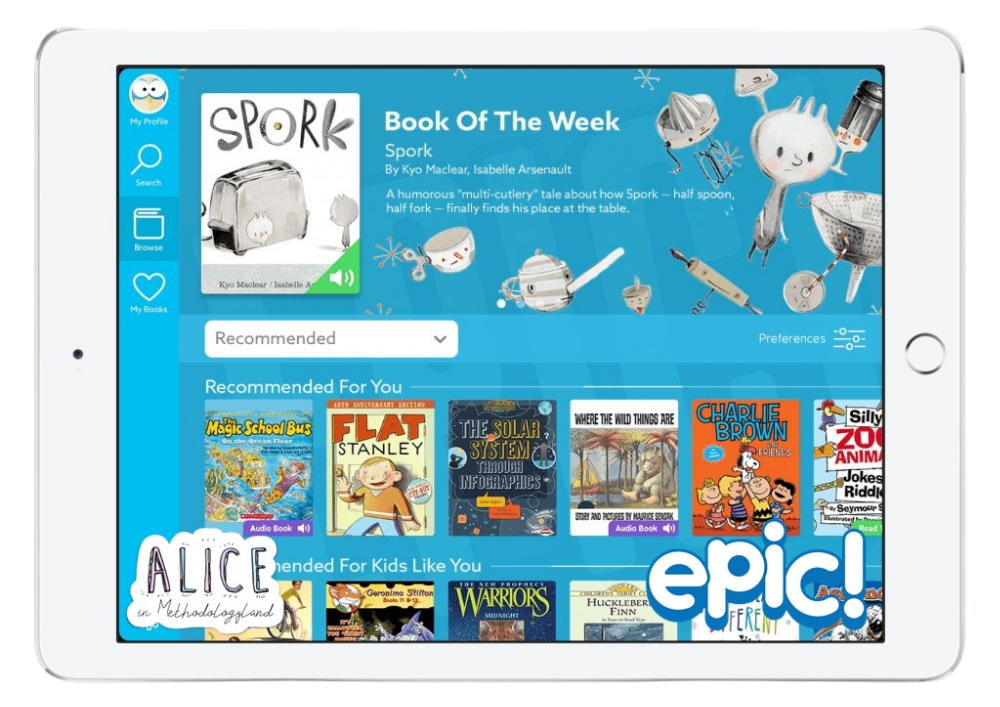
Additional references for further learning:
Every storytelling article reflects my past storytelling workshops, and they include digital storytelling materials, videos of my storytelling, and photos of various activities from different stages in storytelling.
- My storytelling-based learning curriculum outline
- Class Two at the Zoo by Julia Jarman
- The Mood Hoover by Paul Brown, Illustrated by Rowena Blyth
- Dear Mother Goose by Michael Rosen & Nick Sharratt
- Shin, J.K. & Crandall, J. (2014). Teaching young learners of English: From Theory to Practice. Boston. MA: Heinle Cengage learning.
Have you ever followed the scaffolding methodology to include storytelling in your curriculum? What are the main obstacles to including storytelling in your teaching context? Do you have any preferred storytelling activities? Write in the comments below or via the contact page. I would like to hear your opinion!

Click here to explore our materials corner where 99% of materials are forever free!
All the materials except lesson plans and 30+ page interactive activity books will be free FOREVER! Why? Because sharing is caring, and the past few years have not been kind to any of us. Please consider donating so we can keep making FREE materials for everyone.
Don’t forget to leave a review when you download materials! It’s just a minute of your time, and it means a lot to us.
P.S. The store and the freebie library are not the same things – the freebie library has some extra materials like conference presentations and webinar recordings which are not available in the store
The subscription link for the store is below the author’s bio in every post.
*Our articles may contain affiliate links, which is one of the ways we keep our organization functioning, and we might earn a small commission on links, at no cost to you.

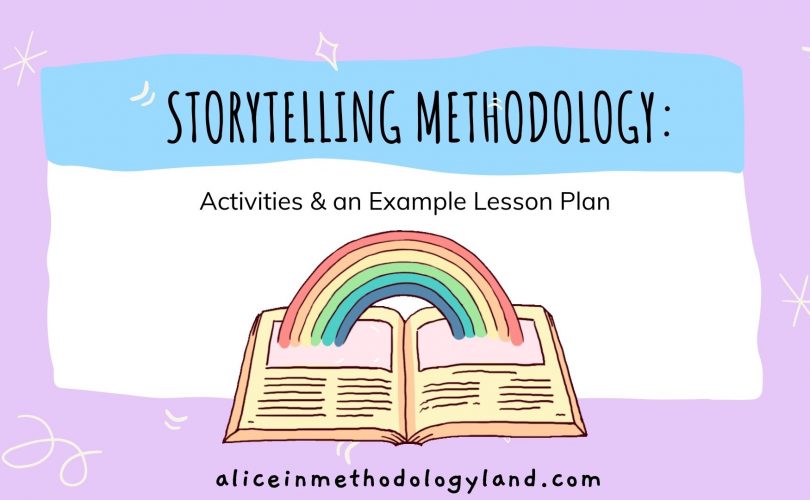


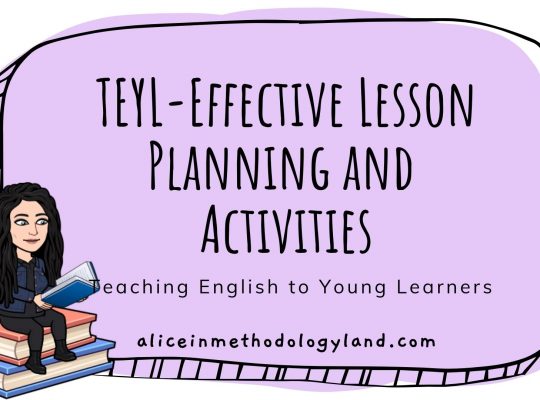
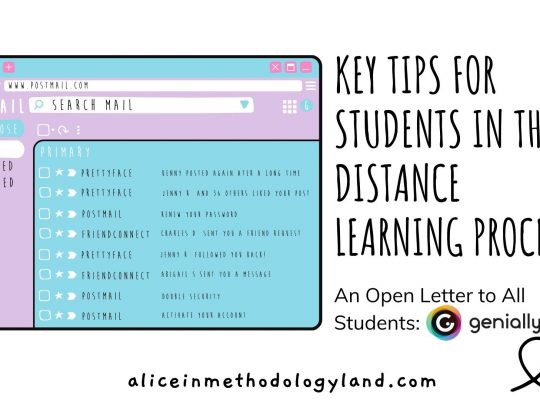
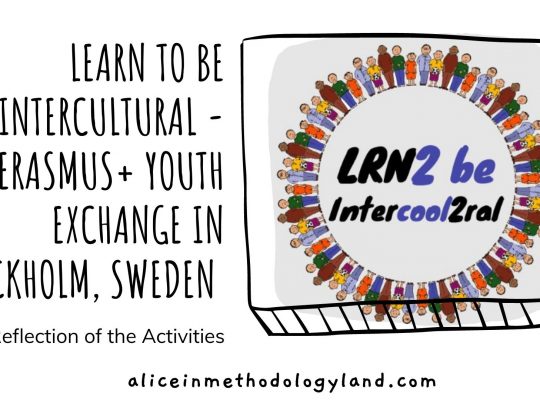


[…] Storytelling Methodology for Young Learners: Activities & an Example Lesson Plan […]
[…] Storytelling Methodology for Young Learners: Activities & an Example Lesson Plan […]
[…] Storytelling Methodology for Young Learners: Activities & an Example Lesson Plan […]
[…] (2020): Milica Vukadin, Storytelling Methodology: Activities and Example Lesson plan, https://aliceinmethodologyland.com/2020/09/07/storytelling- methodology-activities-an-example-lesson-plan/, retrieved on […]